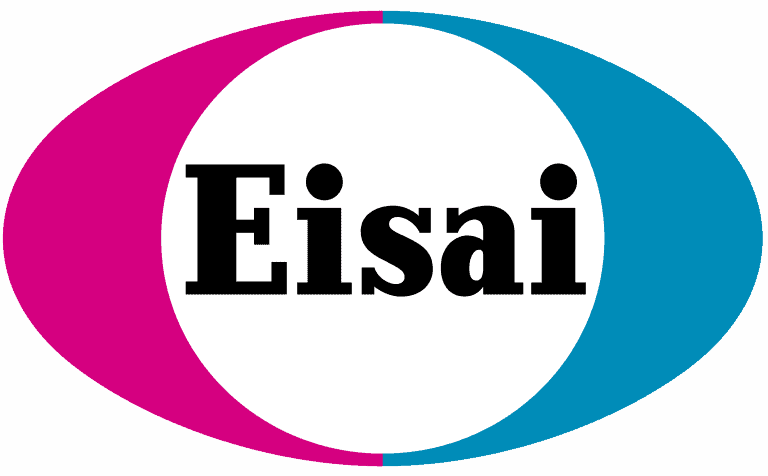Dravet Syndrome is caused by loss-of-function mutations affecting the NaV1.1 sodium channel. In a July 2019 research summary, we pointed out that gain-of-function mutations in another sodium channel, called NaV1.6, can lead to severe epileptic conditions – suggesting that NaV1.1 and NaV1.6 exist in a balance that maintains proper nerve conduction. This raised the possibility that Dravet Syndrome might be treated not just by by restoring or enhancing NaV1.1 function, but alternatively by reducing NaV1.6 activity.
The current paper was primarily focused on SCN8A encephalopathy, an epilepsy caused by gain-of-function mutations in the Nav1.6 sodium channel. Affected individuals exhibit early-onset drug-resistant seizures, developmental delay, and cognitive impairment. The authors developed an anti-sense oligonucleotide (ASO) drug – this is a form of gene therapy that is designed to reduce or turn off production of a particular protein, in this case the mutated Nav1.6 channel. They asked if this would delay seizure onset and prolong survival in a mouse model of SCN8A encephalopathy. The ASO was administered by intracerebroventricular injection at age day 2. They observed a dose-dependent increase in length of survival from 15 days to 65 days in the treated mice. Weight gain, and activity in an open field, were unaffected, although treated mice were less active in a wheel running assay.
They also tested the drug in a Dravet mouse mice. The ASO extended survival of Dravet mice from 3 weeks to more than 5 months. Although this was a single test, and it was in mice, and the drug was delivered at a very early age, the results lend further support to the notion that treating Dravet syndrome by inhibiting the excitatory Nav1.6 sodium channel could be a beneficial approach.





